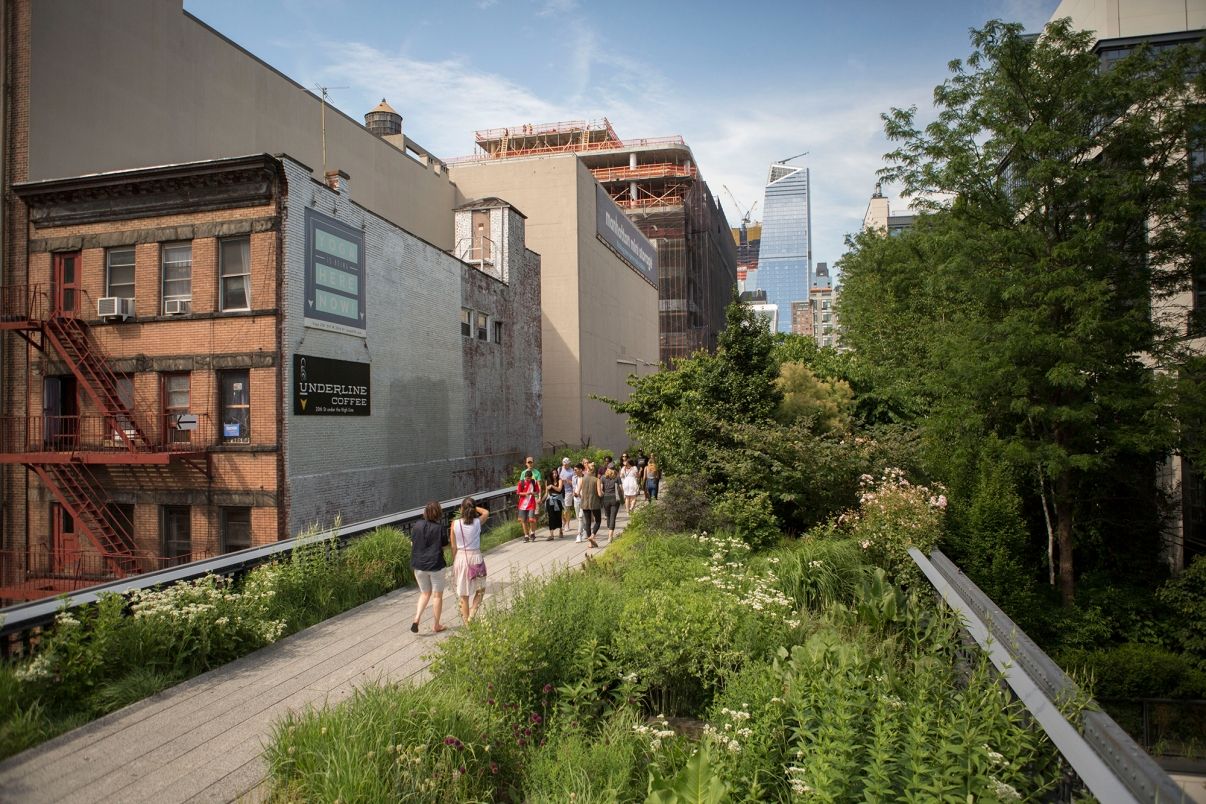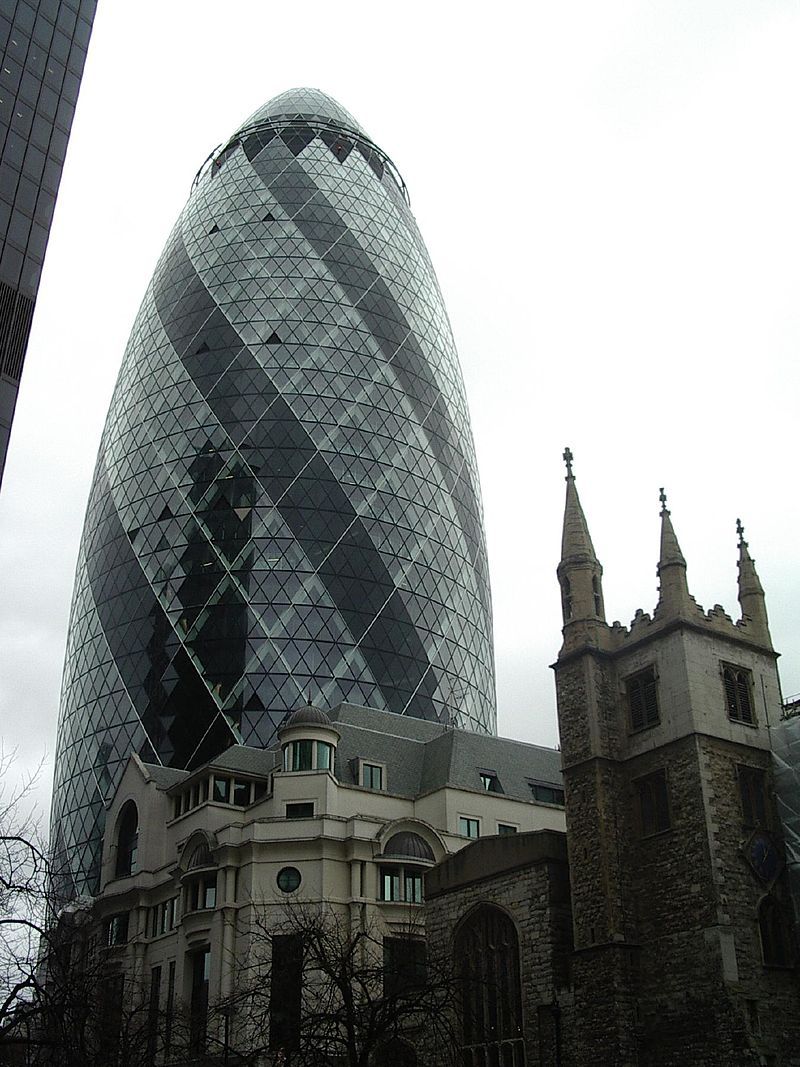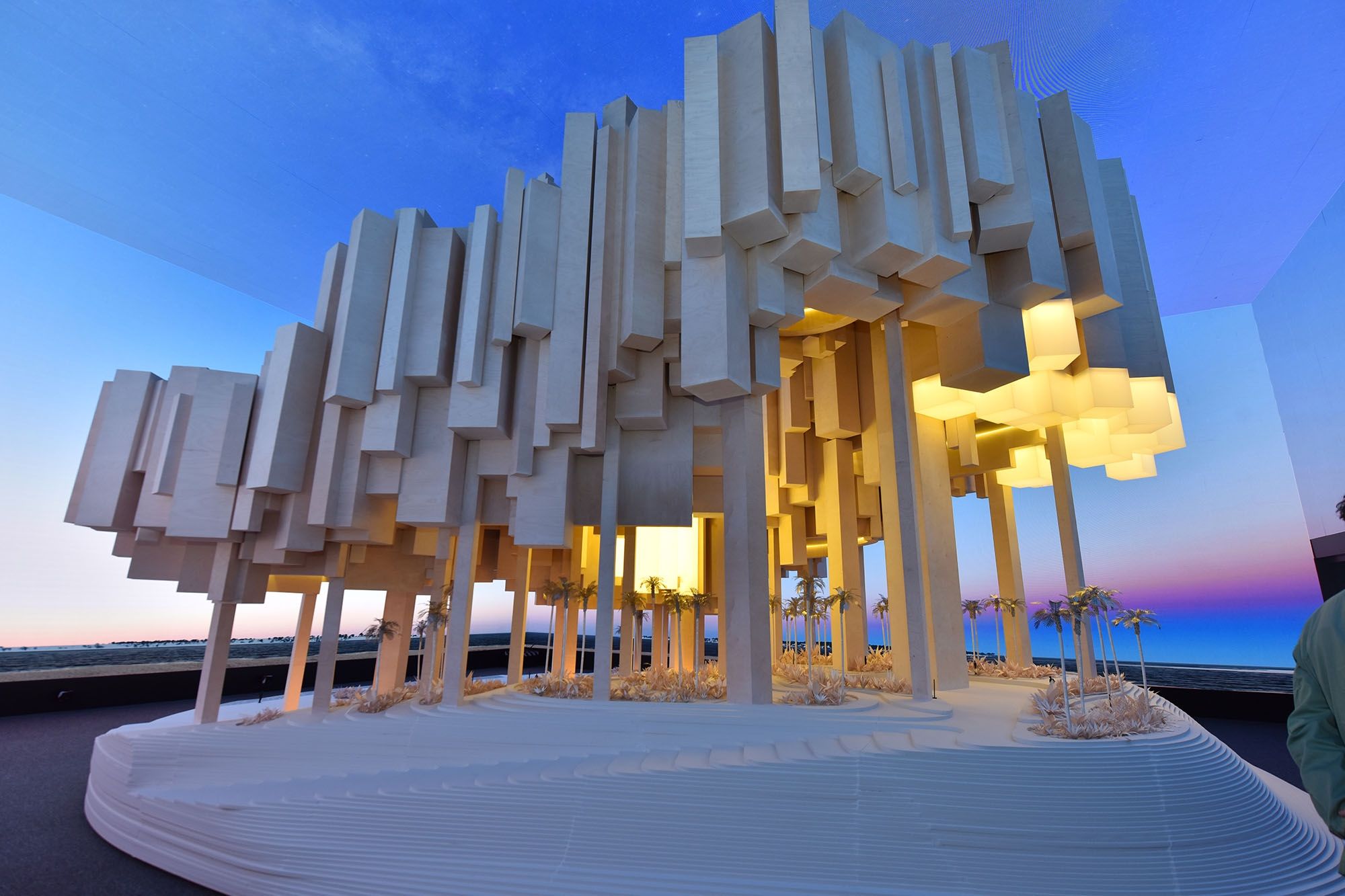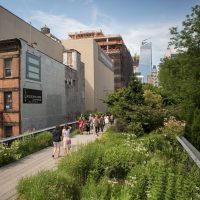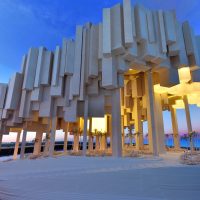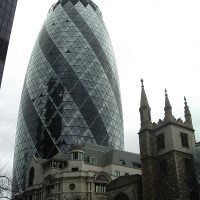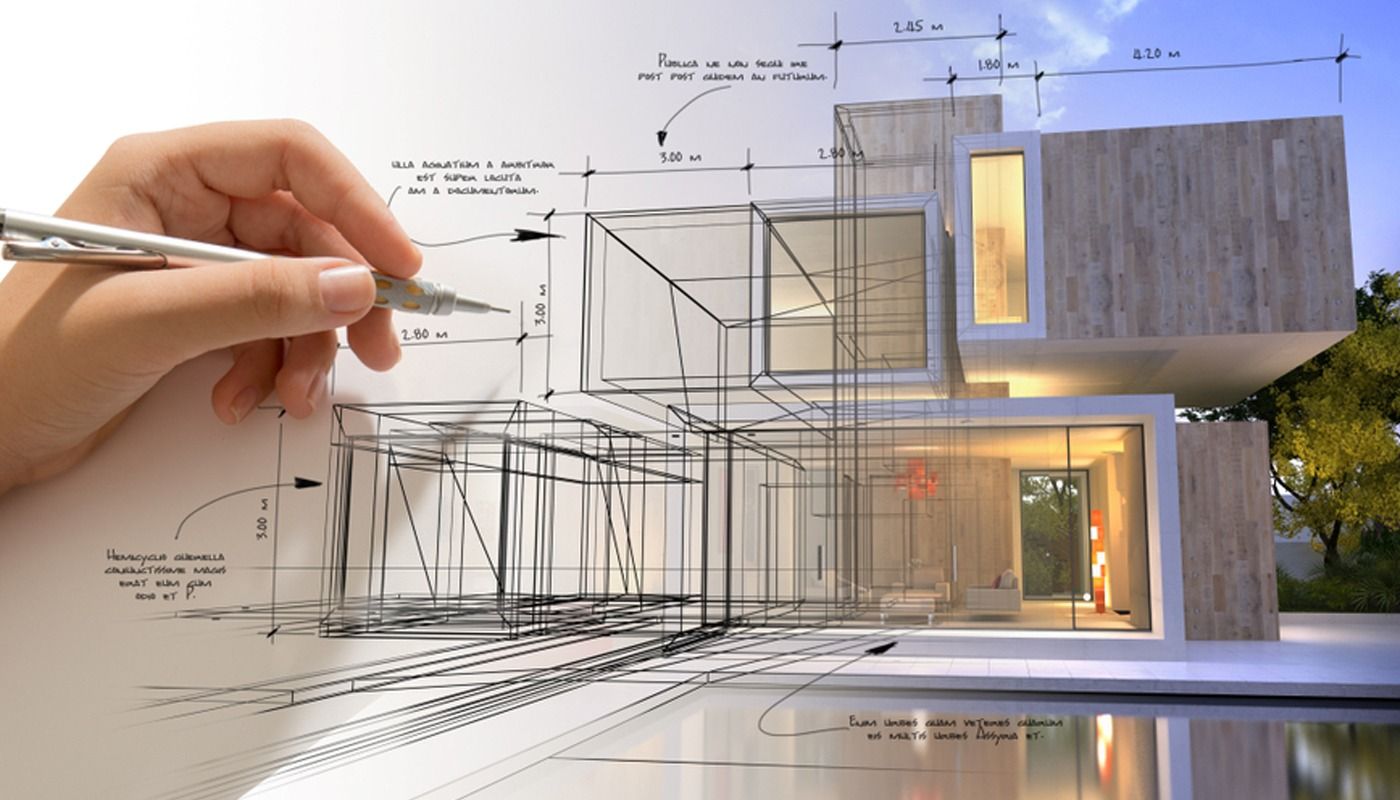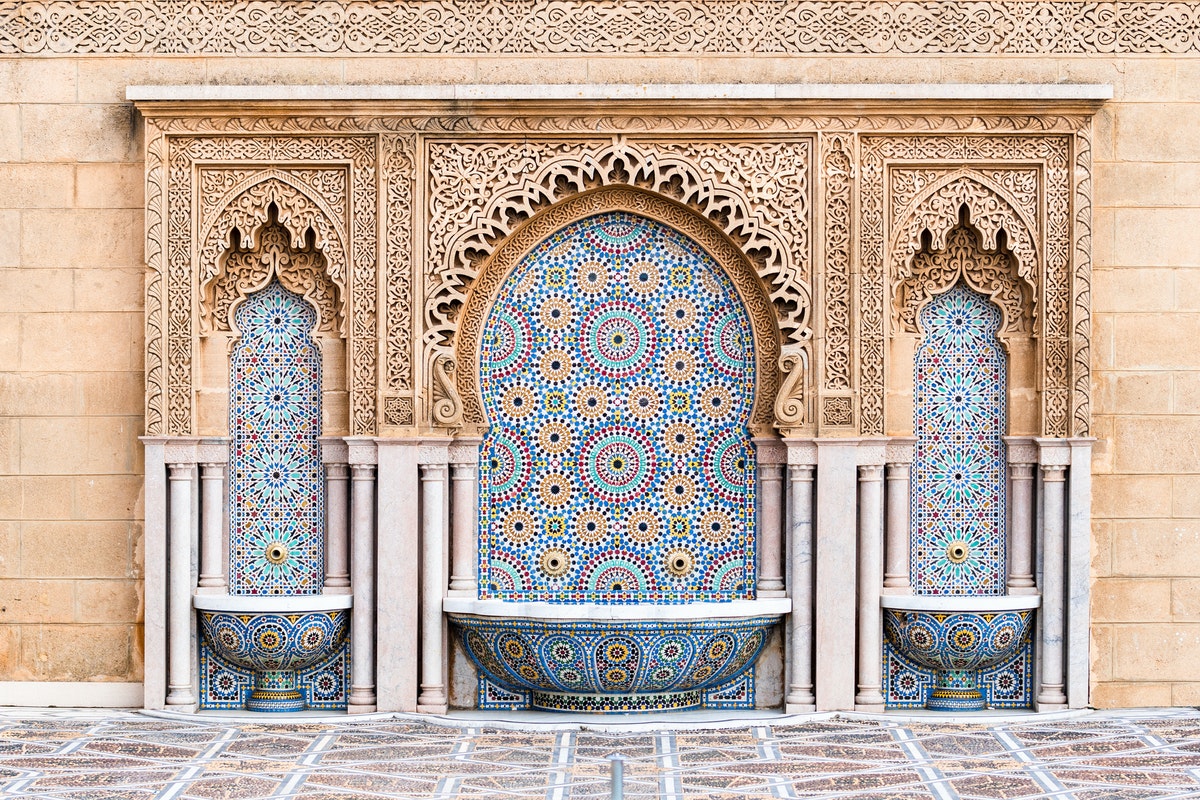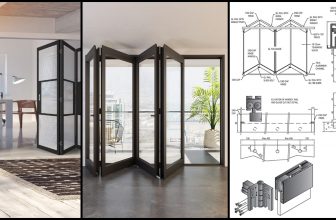Architects create visions of what they think could be architecture. A host of systems and processes amalgamate to bring these visions to reality through the built form. From the stages of conceptualization & planning, we imagine our buildings as encompassed wholes that are essentially a comprehensive integration of ideas, design, processes, and fabrication.
We have come a long way from when carefully constructed imitations of Corinthian leaves on Greek columns was the only sort of interdisciplinary learning that informed architecture. Technology is continuously changing the course of all disciplines and hence the potential for their interaction. In architecture itself, design is now realized to have a complex and nonlinear process of development that draws influences from all walks of life and can be achieved to its full synergetic potential due to the massively expanding ability to visualize and represent forms and their structural behavior. In other words, all disciplines are now mutual sources for learning in this world of endless possibilities.
We have also come a long way from when a single architect would design entire cities (Brunelleschi, Lutyens), from beginning to the very end. The changing scenarios across the globe call for shifting paradigms in architecture by forging increasingly unlikely alliances between architects, scientists, and engineers. The collective open-source boosts learning in which interdisciplinary collaboration can inform the process and designs of all the involved disciplines.
As the population continues to escalate and climate transforms radically, the way we build and retrofit our cities will influence the change in local climates and hence every system that thrives on it. Every building is then the dynamic equivalent of an organism that gives and takes from the environment. This has encouraged architects, scientists, and designers to dig deeper into the natural world — even to microscopic levels in a bid to seek answers to vexing sustainable design questions by mimicking biological systems that have already solved them, solutions developed over billions of years of evolution.
This movement in search of “biomimetic” architecture has forged increasingly unlikely alliances between synthetic biologists, botanists, and other scientists with artists, builders, and material scientists to make structures that work with nature, not against it. Explorations made into biological processes and nature’s complex design of forms have opened up forays into areas of architectural research such as a material study that can create possibilities for innovation in every system of the built form- from its energy systems to the building envelope.
The idea of harmonizing an eclectic group of individual thinkers into a cohesive group mentality is not a modern discovery. The seed was planted as a Bauhaus idea where complimentary relationships between various artistic fields were welcomed in response to Germany’s anxious motivation to reunite creativity and manufacturing through rejuvenating design.
The thinking that springs out of the explosive interface or overlaps between various disciplines often pushes boundaries to produce designs out of in-depth explorations. Architectural firms have not been left untouched by this new work culture that promotes the interdisciplinary practice.
Siloed conversations between multiple disciplines in architecture firms usually limit the knowledge spread within the individual practices. In an interdisciplinary approach, however, ideas are pooled towards a project outcome without division between different artistic practices, all in the spirit of keeping an open mind towards transdisciplinary influences in the field of architecture Firms integrate technical planning expertise with a belief that good design has real social value in a context that is increasingly influenced by urban factors.
Technological advances have increased the complexity and capacity of visualization software to perform bigger and better. From being mediums that facilitate the production of digital versions of traditional architectural documentation, the software is now capable of advanced computational modeling thus increasing the architect’s reliability on the virtual medium to understand and mathematically estimate the design. In parametric design firms design projects are pursued in collaboration with specialized engineers and researchers to promote a creative environment where ideas are discussed and then tested with both analog and computation tools to simulate the design of parametric buildings and spaces.
It is a well-known fact in the expansive community of designers that architecture organizes and integrates the creation and enrichment of built environments. Through architecture, it is possible to think of ways to inhabit the most inhospitable and seemingly inhabitable places on the face of this planet. But the beauty of this building science lies in its elastic potential to envision space in every human venture, whether it be on this planet or beyond. Aeronautically engineered spaces and forms are closely informed by the concepts of anthropometric design in an environment with no suitable conditions for human activity. Thus the scope of aerospace architecture embraces a multidisciplinary approach to design.
As architecture continues to evolve, the process will become more influenced by the broad spectrum of learned individuals and various disciplines that enrich and add value to architecture. It is therefore crucial that interdisciplinary pedagogies be implemented to inform future generations about the unique methods of approach and collaboration that make architecture transcend disciplinary boundaries.
Author: Niveditaa Gupta // Author: Sushant Verma
- Space station with spaceships by tartino
- Shully Consulting Limited is one of the largest interdisciplinary practice of architects, designers, engineers and urbanists in Europe.


